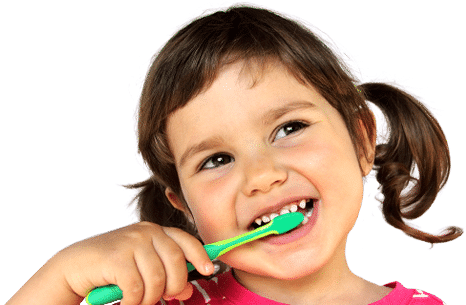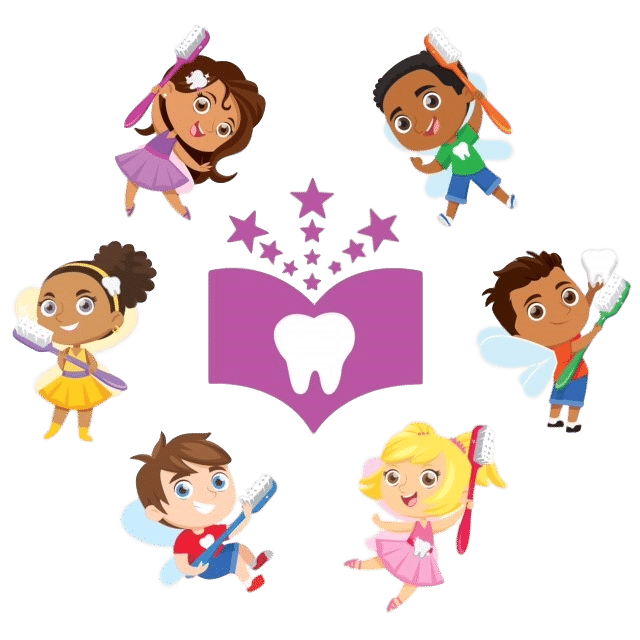Patient Education

Flossing for Kids
Teaching dental care habits to your children early can be difficult. But early instruction can set your kids up for a lifetime of healthy, happy smiles. Flossing is crucial to proper oral hygiene, and every parent should make sure that their child knows how to floss.
When to Teach Your Kids to Floss
Children should begin flossing as soon as they have two teeth that touch one another. Parents should floss their children’s teeth until they are old enough to floss effectively on their own. As a general rule of thumb, kids are usually able to begin flossing on their own by the time they are 6 or 7 years old.
The Importance of Flossing
Flossing is crucial for removing food particles and plaque that has accumulated between the teeth. The act of flossing can help to polish the sides of teeth and prevent tartar which could lead to tooth decay. Once the decay sets in, your child may need fillings or crowns. Flossing also helps to fend off bad breath, since it whisks away odor-causing bacteria and food grime. Teach your children that although brushing cleans the front and backs of the teeth, flossing cleans the sides of the teeth. Without flossing, the job is only half done.

Let Carrie & Larry, the Tooth Tickling Fairies help show you how to care for your child's teeth at home!
Schedule the Tickling Tooth Fairies reading at your school.
Read Our Testimonials
Teaching Proper Flossing Technique
Take the time to teach your kids how to floss. To make sure that your children remember all the steps, work with your kids every night to make sure that they understand how to floss. The technique that you use will depend on the type of dental floss that you and your child prefer.
TRADITIONAL DENTAL FLOSS
If using traditional dental floss, teach your child to grip a length of dental floss between their thumb and index finger on each hand. Show your child how to wrap the dental floss around their index finger to reduce slippage. Teach your kids how to relax the floss into a “C” shape and gently glide it between their teeth. Explain that kids should use a new section of floss when moving from tooth to tooth to prevent spreading germs. Make sure to clean both sides of each gap, and continue down slightly under the gumline.
DENTAL FLOSS PICKS
If your kid is like most children, they might have a difficult time handling traditional dental floss at first. To make flossing easier, buy some children’s dental floss picks. They have small lengths of pre-strung floss spread between tines on a convenient plastic handle. Show your child how to push the floss between the teeth and how to tell when they need a new flosser.
Getting Kids Excited About Flossing
Teaching your kids to floss is one thing, but getting them excited about flossing is another challenge altogether. Try these tactics to make flossing and dental care more enjoyable for kids.
MAKE FLOSSING A FAMILY ACTIVITY
Kids love a great example, which is why making dental care and flossing a family activity is a good idea. Brush your teeth alongside your little ones and let them watch you floss your teeth. They will love imitating you. For another variation, let them brush your teeth while you brush theirs.
TAKE THEM SHOPPING
Allow your child to choose their own toothbrush, dental floss, toothpaste, and dental flossing picks. This can help them to personalize the activity and make it more interesting. After all, what kid wouldn’t want to floss with a princess dental floss pick or brush with a toothbrush that has a car on the front?
OFFER INCENTIVES
Consider offering rewards for proper brushing and flossing, such as small toys or stickers. An immediate, tangible reward is best.

Meet Dr. Edwards
MICHELLE H. EDWARDS, DDS, MSD
Indianapolis Pediatric Dentist Dr. Edwards helps families set the stage for a life-long commitment to oral health in a friendly and approachable manner. She provides a pleasant visit to the dental office, promoting trust and confidence in young patients that lasts a lifetime.




